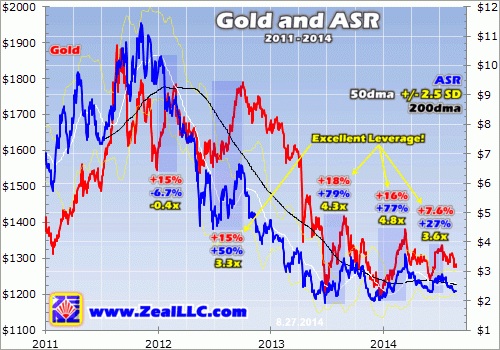 Back in 2001 Turkey produced less than 50k ounces of gold, an insignificant amount considering the geological potential of this transcontinental country. The prolific Tethyan Metallogenic belt, which covers a large part of it, offers an environment capable of hosting large precious-metals deposits. But strangely even though the ancient Romans found great success tapping this belt, the modern-day miners largely ignored it.
Back in 2001 Turkey produced less than 50k ounces of gold, an insignificant amount considering the geological potential of this transcontinental country. The prolific Tethyan Metallogenic belt, which covers a large part of it, offers an environment capable of hosting large precious-metals deposits. But strangely even though the ancient Romans found great success tapping this belt, the modern-day miners largely ignored it.
Two watershed events finally turned the miners on to Turkey. First was the enactment of a mining law designed to attract foreign investment, which led to large-scale systematic exploration and the discovery of some major gold deposits in the 1980s and 1990s. And second was the 2000s gold bull market, which ultimately encouraged the development of these discoveries.
As a result Turkey has seen steady growth in gold production over the last decade or so. It is now host to 7 commercial-scale mines. And in 2013 they collectively produced over 1.0m ounces. This represents a whopping 2200% increase in output since 2001. And Turkey anticipates a continued uptrend that’ll have it producing 1.6m ounces annually within the next couple years.
One of the biggest and best gold mines in the country is the Copler mine. Copler is 80%-owned by Alacer Gold (a local joint-venture partner owns the balance), one of the first foreign companies to venture into this rich land. This project first hit Alacer’s radar in the late 1990s. And it was early JV work with Rio Tinto that yielded the discovery of its strong zones of epithermal gold/silver/copper mineralization.
This post was published at Gold-Eagle on August 29, 2014.

 Follow on Twitter
Follow on Twitter
Recent Comments